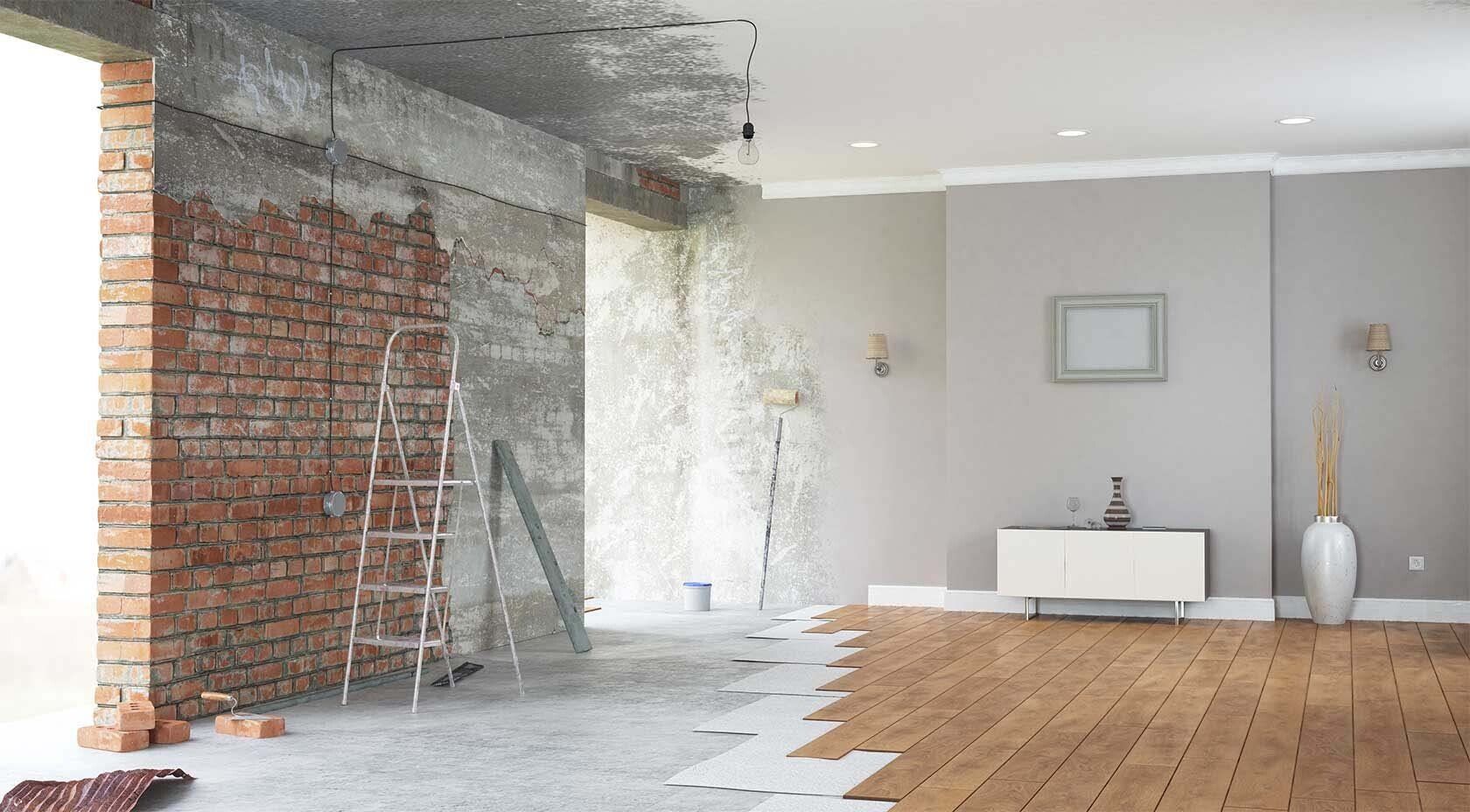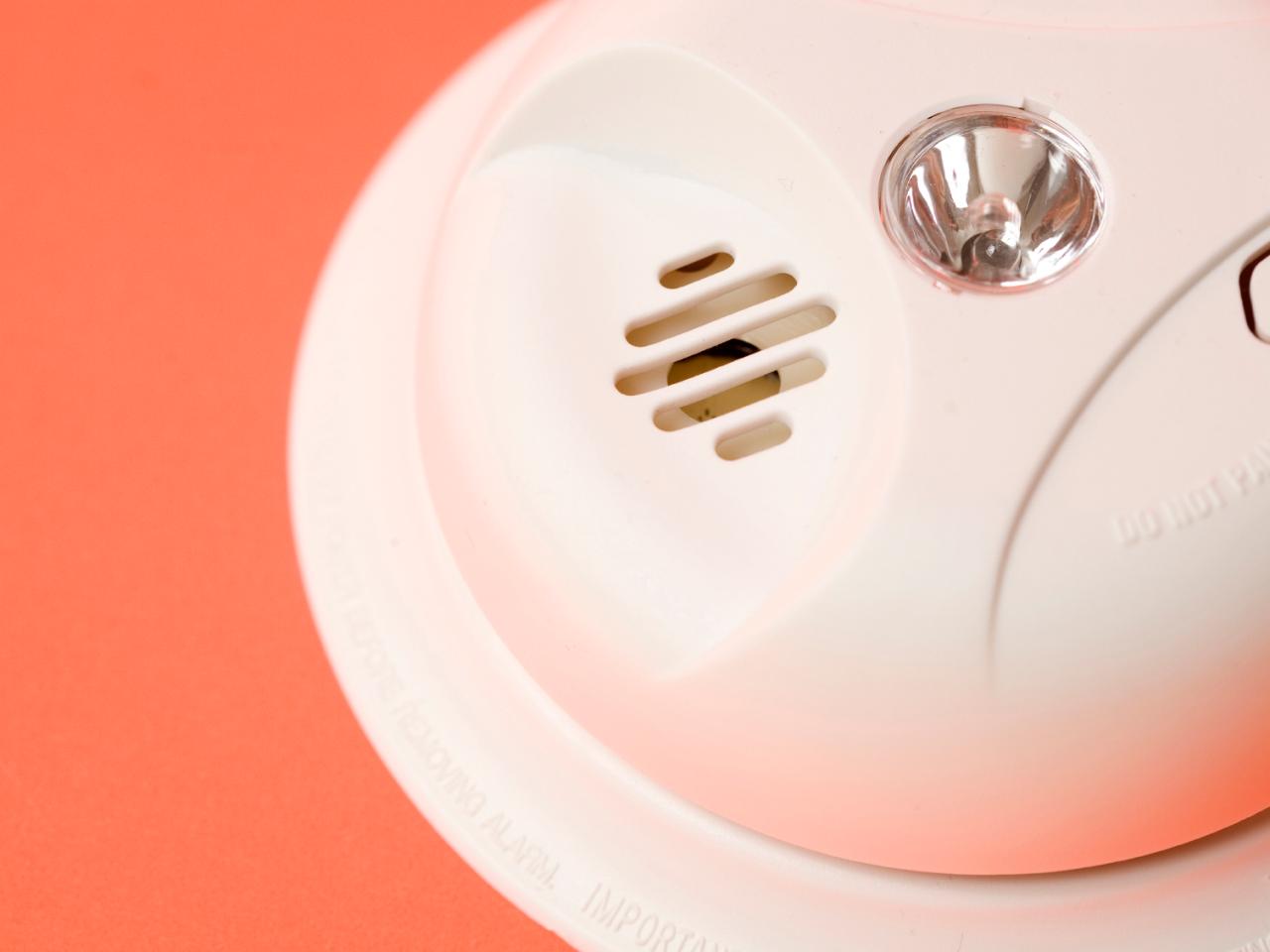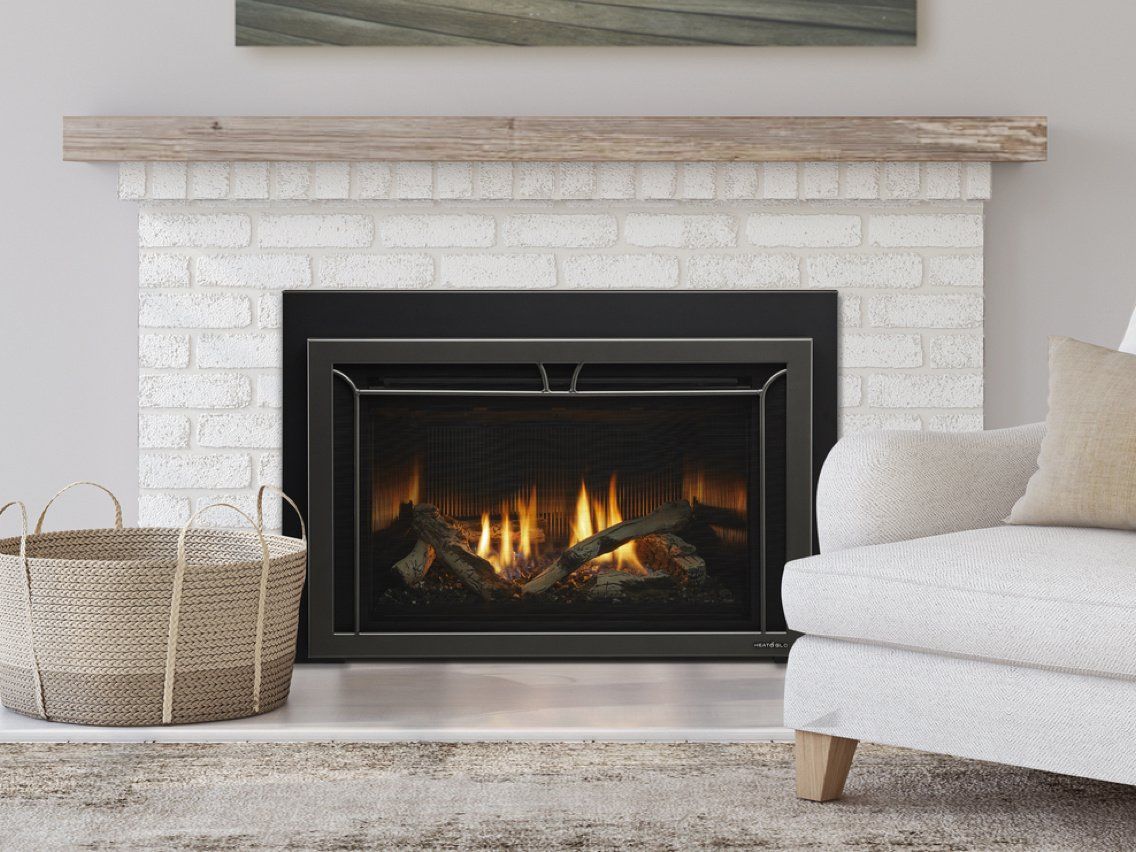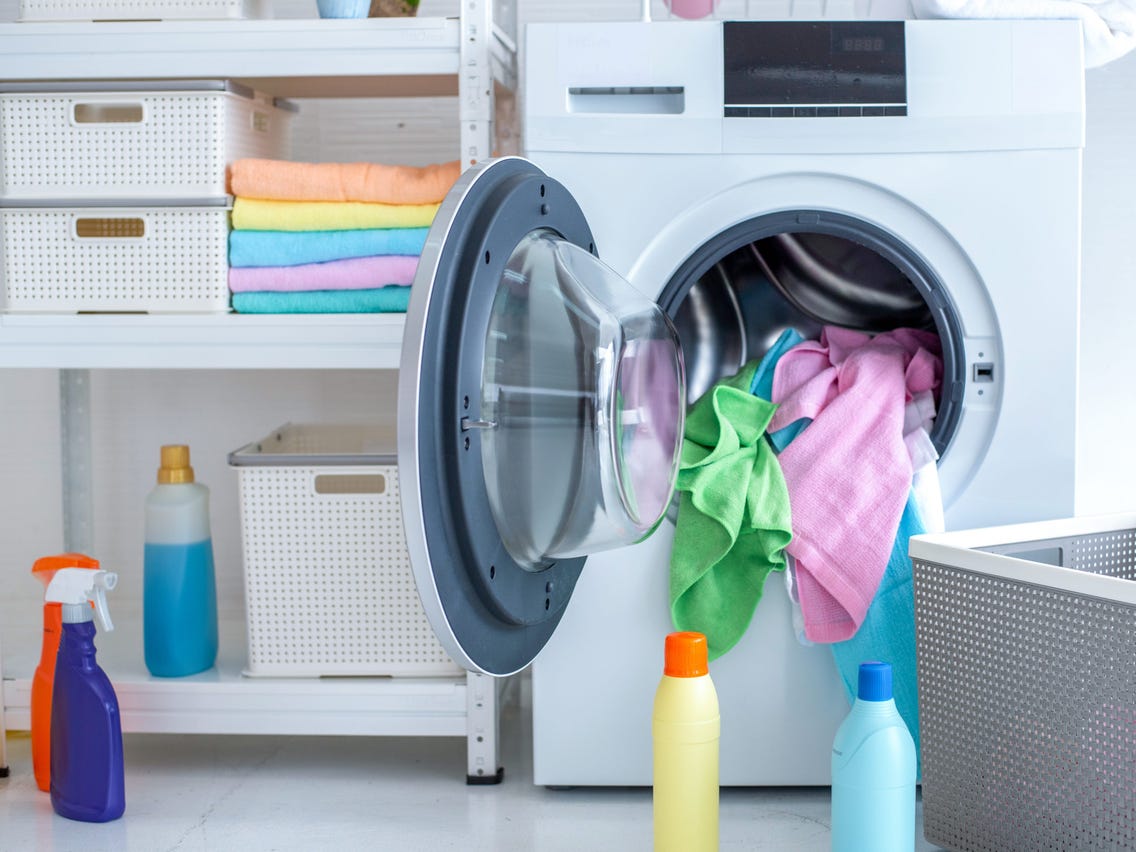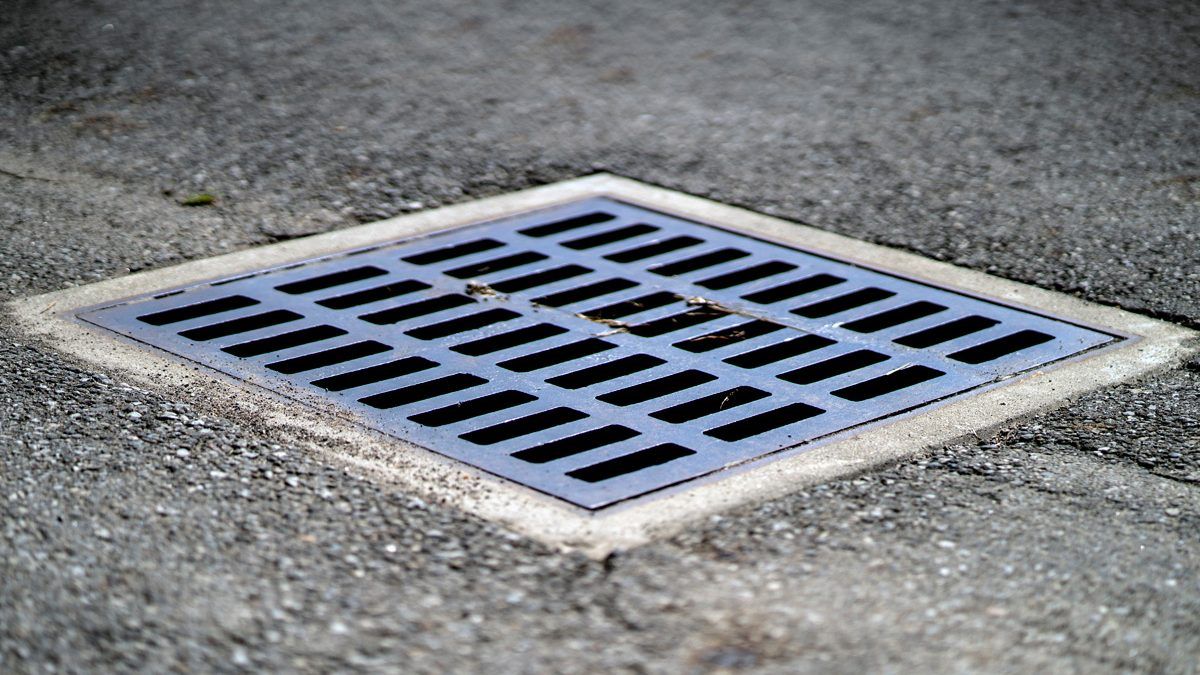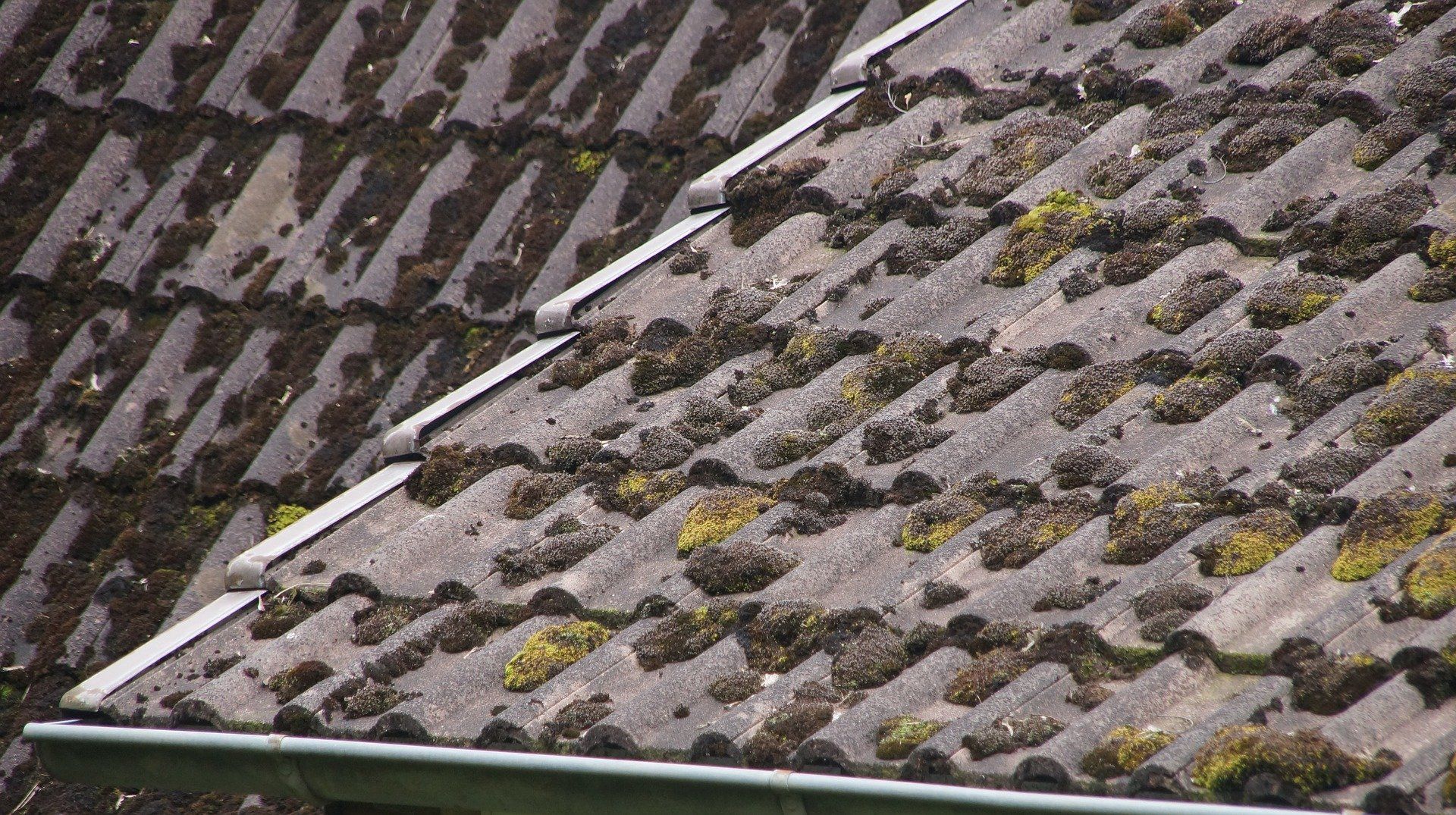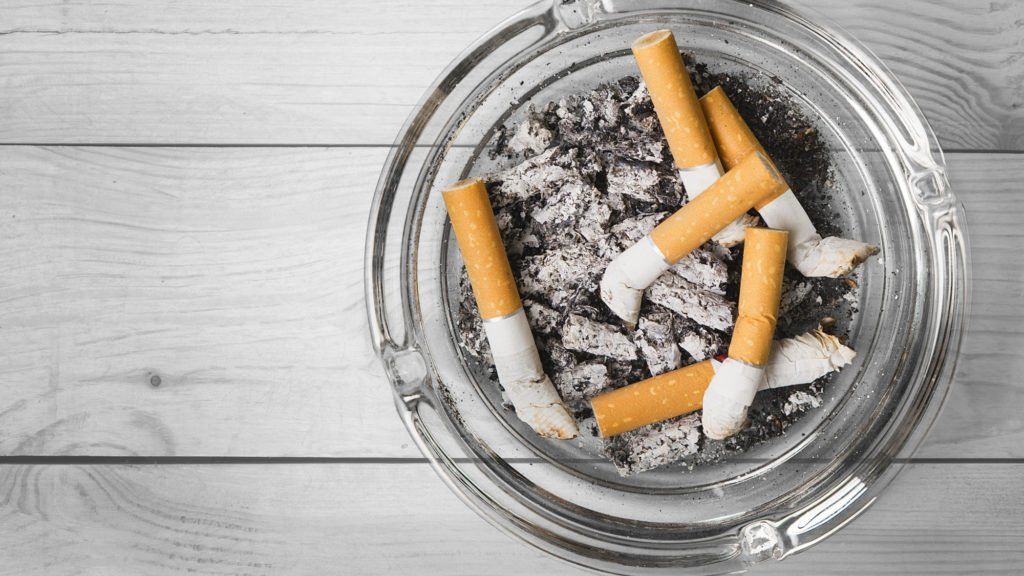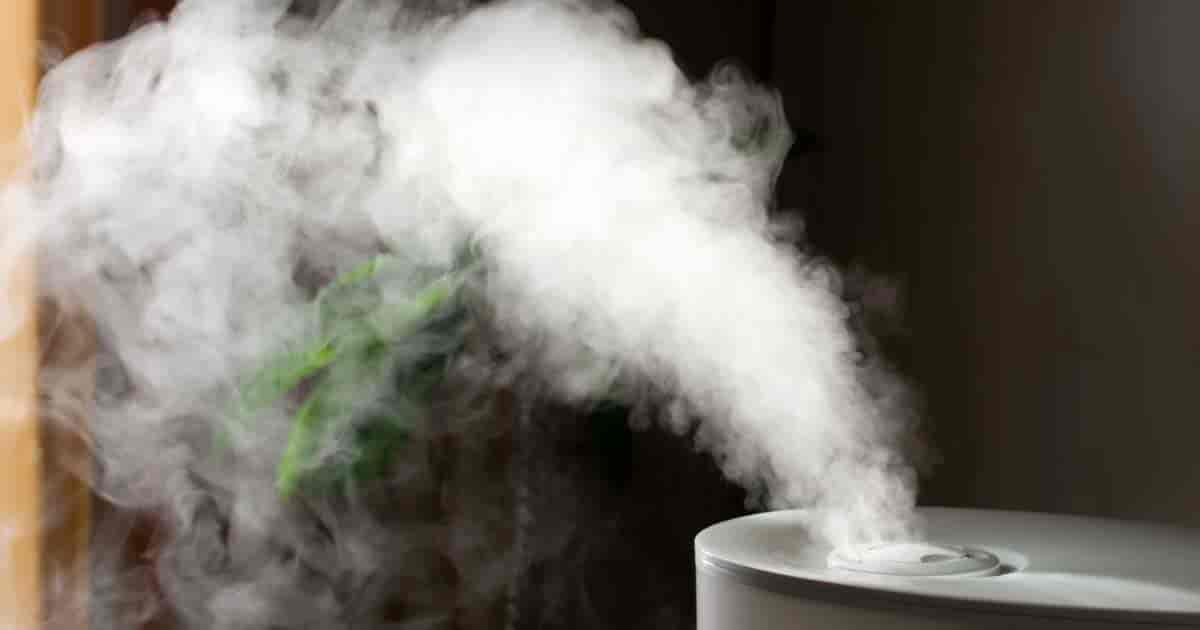Food Safety following a flood disaster!
Do you know how to handle food safely after a flood in Lake Havasu?
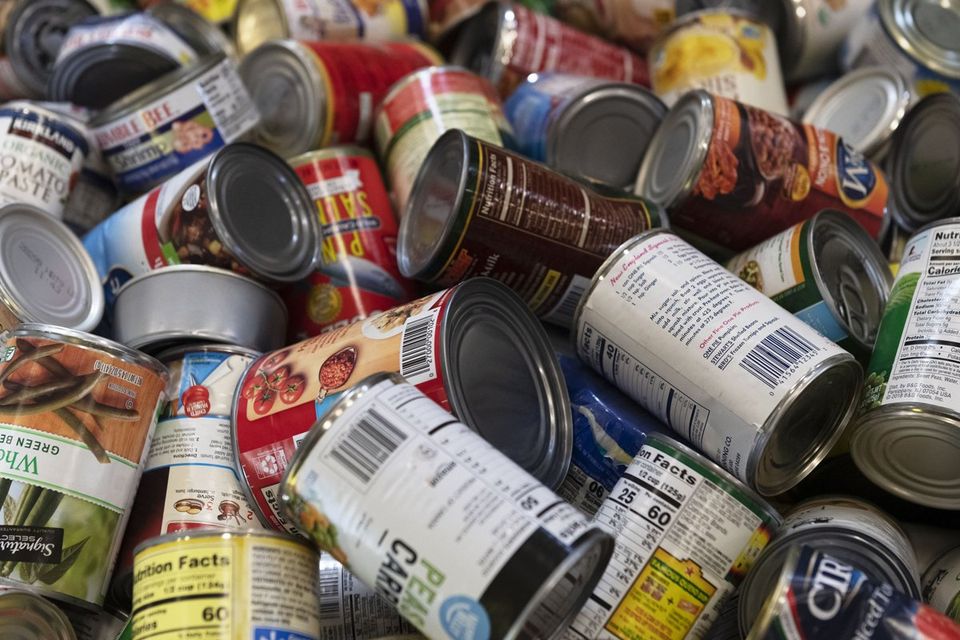
After any disaster, food contamination is a problem. Floods can carry oil or chemical wastes, silt, or raw sewage, as well as filth and disease-causing bacteria. Once these waters touch the foods, it is unsafe to eat. Exposure to heat, smoke or chemicals from a fire will also make foods unsafe to eat.
After a flood, foods must be examined carefully. Any water that has seeped onto, dripped onto or covered up food is not fit to eat. Some foods can be saved depending on the containers they are produced in. If in doubt, throw it out!
These food items need be thrown out if coming into contact with flood waters.
- Lettuce, cabbage and potatoes from your garden. In some instances, root vegetable may be safe if not harvesting for a minimum period of two weeks after the flood waters have receded. To be sure, have the soil tested for harmful bacteria by a university extension or your health department.
- Containers of spices, seasonings, flavoring and nuts.
- Bags or canisters of sugar, flour, salt, coffee and tea.
- Any cardboard, paper, fiber, cloth or plastic containers of food.
- Cellophane or plastic bags of food such as pasta, rice, dried milk, beans, crackers, cookies or mixes, even if they seem dry.
- Any screw top or crimp topped jars or bottles that have been touched by flood water, even if unopened, including any homemade canned items in glass, fruits, pickles, jams, honey, syrups etc. There is no such thing as a safe lid on glass or plastic if they are submerged under water.
- Non-food porous items that are used with food such as hard rubber or plastic utensils and plates, wooden spoons, baby bottles and nipples and pacifiers.
Proper disinfecting of salvageable food and utensils.
Cans of food that don’t contain rust or dents can be saved following these directions.
- Remove all labels and use a permanent marker for identification.
- Scrub and wash the cans in a strong detergent solution.
- Submerge scrubbed containers in a warm solution of bleach water for one minute.
6% bleach is 2 teaspoons per gallon of water
4% bleach is 1 Tablespoon per gallon of water
2% bleach is 2 Tablespoon per gallon of water
Remove from the bleach water solution and allow to air dry, then use the marker to identify the food. Use as soon as possible as the cans could rust.
Utensils and Dishes
- Scrub all in a strong detergent solution, making sure to remove all filth.
- Disinfect glassware and china in bleach water as described above.
- Metal pots and pans need to be disinfected by boiling in water for 20 minutes.
Following the guidelines above will help you stay safe if the foods and dinnerware in your home are affected by a flood.


